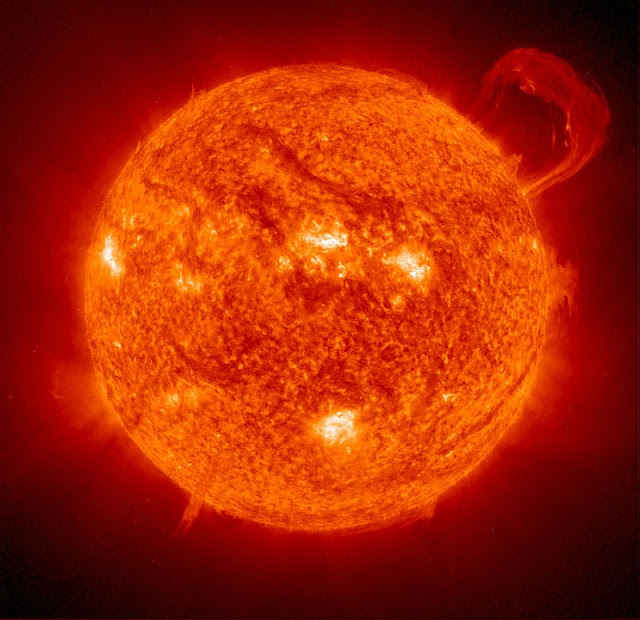MORETON WAVE
For the sun is no sooner risen with a burning heat, but it withereth the grass, and the flower thereof falleth,(James 1:11)
A Moreton wave is the chromospheric signature of a large-scale solar coronal shock wave. Described as a kind of solar 'tsunami', they are generated by solar flares. They are named for American astronomer Gail Moreton, an observer at the Lockheed Solar Observatory in Burbank who spotted them in 1959. He discovered them in time-lapse photography of the chromosphere in the light of the Balmer alpha transition.
There were few follow-up studies for decades. Then the 1995 launch of the Solar and Heliospheric Observatory led to observation of coronal waves, which cause Moreton waves. Moreton waves were a research topic again. (SOHO's EIT instrument discovered another, different wave type called 'EIT waves'.) The reality of Moreton waves (aka fast-mode MHD waves) has also been confirmed by the two STEREO
spacecraft. They observed a 100,000-km-high wave of hot plasma and
magnetism, moving at 250 km/second, in conjunction with a big coronal mass ejection in February 2009.



Comments
Post a Comment